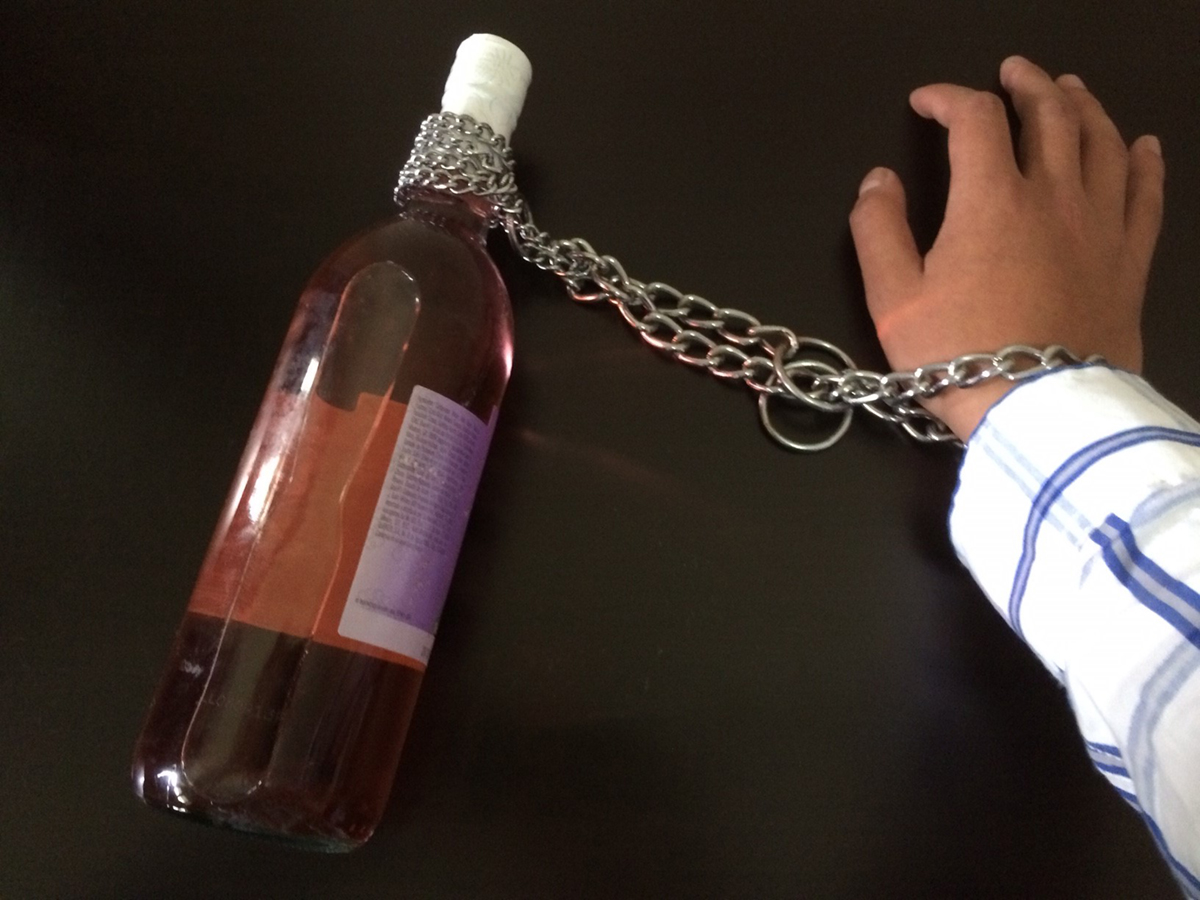
Alcoholism-Introduction
Alcoholism is a chronic disease, which manifests itself as an uncontrollable craving for alcoholic drinks. Usually, the person suffering from alcoholism cannot control when he drinks, how much, nor can he stop. Physical dependence of alcohol does not occur suddenly, but is rather a gradual process. Over time, excessive drinking causes the balance of certain chemicals in one’s brain to shift. These chemicals are associated with the pleasurable aspects of drinking. When the balance shifts, the body starts to need alcohol just so that it can restore good feelings.
Excessive alcohol consumption may lead to numerous problems. Firstly, it is well-known that it lowers inhibitions, causing dangerous situations. Secondly, it may cause reckless behavior, and lead to motor vehicle accidents. It can also cause various health problems: liver disorders (such as cirrhosis, hepatitis, inflammation of the liver, etc.), digestive problems, eye problems, heart problems, bone loss, increased risk of cancer, neurological problems, or in some cases, birth defects.
Sure signs that a person is an alcoholic are that he is unable to limit the amount of drinks, feels a compulsion to drink, drinks in secret, often “blacks out”, loses interest in things that used to delight him, and, finally, experiencing withdrawal symptoms (nausea, shaking, sweating) when he doesn’t drink.
Risk Factors
There are certain factors that may contribute to one becoming an alcoholic. These are: drinking from an early age, family history of alcohol abuse, mental health problems (depression, etc.), drinking steadily over a longer period of time, and social factors (for instance, when one is surrounded by people that drink regularly, he might be inclined to drink in order to be “a part of the group”).
Natural Cure
The curing process is not as simple as some might think. It is a combination of complex factors that are designed to heal the body. One of the most successful approaches is the biochemical approach, which consists of three phases: detox, repairing the damage, and aftercare. The goal of this particular treatment is to restore the natural balance disrupted by the alcoholism, therefore making alcohol obsolete in one’s system. First of all, some substances must be enduringly removed so as to help the body recover. These are: of course, alcohol, then, drugs, caffeine (because it also affects the neurotransmitters in the same way as alcohol), sugar, cigarettes, etc. Also, the person should try and stay away from people who drink, so that he does not get tempted.
In this phase, some supplements are used to further cleanse the body: calcium, vitamin C, glutamine, magnesium, etc.
The next phase consists of an expert making a diet plan that is unique for each person, depending on their body chemistry.
The last phase is aftercare. It only consists of further adapting the first two phases, to match the body’s state as it starts to heal. It is important that, even after a person has got rid of alcohol addiction, he continues to follow the program. In that way, there will be no later relapse, and the person will lead a healthy life.









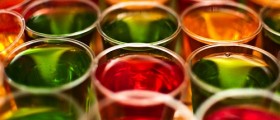
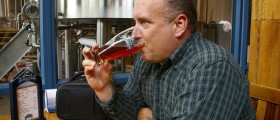
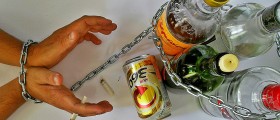
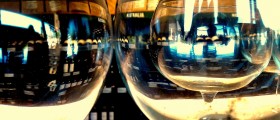


Your thoughts on this
Loading...